Reasons for Low Heat Transfer Efficiency of Extruded Finned Tubes
1. Unreasonable fin design of extruded finned tubes
The heat transfer efficiency of extruded finned tubes depends largely on the design of the fins. If the shape, size and spacing of the fins are not designed reasonably, it will directly affect the heat transfer. For example, if the fin height is too low or the spacing is too large, the fluid may not fully contact the fins when flowing through them, thereby reducing the heat exchange efficiency.
2. Poor fluid flow state of extruded finned tubes
The flow state of the fluid has a significant impact on the heat transfer efficiency of the finned tube. In actual operation, if the fluid flow rate is too low or the turbulence is insufficient, the heat transfer effect will be weakened. In addition, impurities and sediments in the fluid may also adhere to the fins, further hindering the heat transfer.
3. Improper selection of fin materials for extruded finned tubes
The selection of fin materials also has an important impact on the heat transfer efficiency. The thermal conductivity of different materials varies greatly. If a material with poor thermal conductivity is selected, it will directly affect the heat exchange effect of the finned tube. In addition, the corrosion resistance and durability of the material will also affect the heat transfer efficiency in long-term operation.
4. Extruded fin tube manufacturing process problems
The manufacturing process of extruded fin tubes also has a significant impact on their heat transfer efficiency. If there are defects in the manufacturing process, such as rough fin surface, loose connection between fin and base tube, etc., the heat transfer efficiency will be reduced.
Quality control in the manufacturing process is also crucial, and mistakes in any link may lead to poor performance of the final product.
5. Increased thermal resistance of extruded fin tubes
During the use of fin tubes, with the passage of time and changes in the operating environment, dirt, scaling or corrosion products may form on the surface of the fins, which will increase thermal resistance and reduce heat transfer efficiency. Therefore, regular cleaning and maintenance are essential to maintain efficient operation of fin tubes.
6. Changes in fluid properties of extruded fin tubes
The physical and chemical properties of the fluid have a direct impact on the heat transfer efficiency.
For example, changes in parameters such as viscosity, density and specific heat capacity will affect the transfer of heat in the fluid. In addition, dissolved substances and suspended particles in the fluid may also have an adverse effect on heat transfer.
7. Impact of environmental factors on extruded fin tubes
The working environment of the fin tube will also affect its heat transfer efficiency.
For example, high temperature, high pressure or corrosive environment may accelerate the wear and aging of the fins, thereby reducing the heat transfer efficiency. Therefore, when selecting fin tube materials and designs, it is necessary to fully consider the working environment factors.
Factors Affecting Heat Transfer Efficiency in Extruded Fin Tubes
Extruded fin tubes are critical components in thermal management systems, yet their heat transfer efficiency can be compromised by several interrelated factors. The following analysis identifies key causes and optimization strategies based on engineering principles and empirical data.
1. Unreasonable Fin Design
Improper geometric parameters directly impede thermal exchange performance:
| Parameter | Negative Impact | Optimization Strategy |
|---|---|---|
| Fin height | Reduces heat exchange area | Balance height and flow resistance |
| Fin spacing | Disrupts fluid distribution | Optimize for uniform airflow |
| Fin thickness | Increases thermal resistance | Select thickness ≤1.2mm |
Inadequate spacing creates air resistance zones or reduces effective heat dissipation area, leading to temperature stratification .
2. Suboptimal Fluid Dynamics
Fluid behavior significantly influences thermal transfer:
- Low velocity (< recommended flow rates) reduces heat convection efficiency
- Insufficient turbulence prevents boundary layer disruption
- Contaminant accumulation (dust, sediments) acts as insulating layer, increasing thermal resistance by 15-40%
3. Material Selection Errors
Thermal conductivity and durability vary substantially:
| Material | Thermal Conductivity (W/m·K) | Corrosion Risk | Efficiency Impact |
|---|---|---|---|
| Aluminum | 237 | Medium | Optimal for non-corrosive environments |
| Copper | 401 | Low | Highest efficiency but costly |
| Carbon Steel | 54 | High | Requires protective coating |
Material mismatch with operating environment accelerates performance degradation .
4. Manufacturing Deficiencies
Process flaws create thermal barriers:
- Surface roughness (Ra >1.6μm) impedes boundary layer heat transfer
- Poor fin-base tube integration causes interfacial thermal resistance
- Geometric deviations exceeding ±0.3mm disrupt fluid paths
5. Thermal Resistance Accumulation
Operational deposits progressively degrade efficiency:
| Deposit Type | Thermal Conductivity (W/m·K) | Mitigation |
|---|---|---|
| Mineral scale | 0.5-2.0 | Chemical cleaning every 500-800hr |
| Corrosion products | 1.0-3.0 | Cathodic protection |
| Organic fouling | 0.1-0.3 | Regular air blasting |
6. Fluid Property Variations
Critical physical parameter changes:
| Parameter | Efficiency Impact | Monitoring Requirement |
|---|---|---|
| Viscosity | ±20% change alters flow regime | Continuous inline measurement |
| Particulate load | >50ppm reduces heat flux | Pre-filtration systems |
| pH shifts | Accelerates corrosion/scaling | Automated chemical dosing |
7. Environmental Stressors
Harsh operating conditions accelerate degradation:
- Temperatures >150°C induce material fatigue and oxidation
- Pressure fluctuations >15% cause mechanical stress at fin joints
- Corrosive atmospheres (pH9) necessitate specialty alloys
Proactive maintenance scheduling and computational fluid dynamics (CFD)-optimized designs can mitigate 60-80% of efficiency losses . Regular performance audits should include infrared thermography to detect early-stage fouling and flow maldistribution .


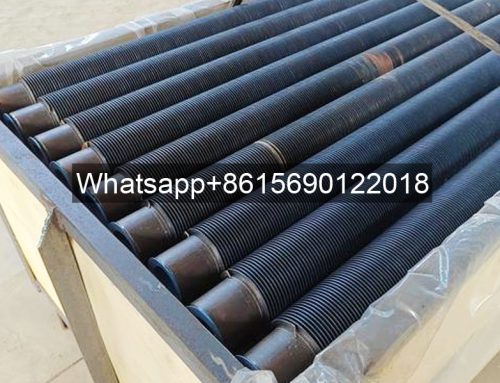
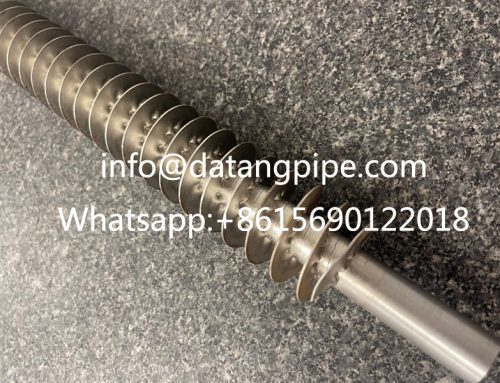
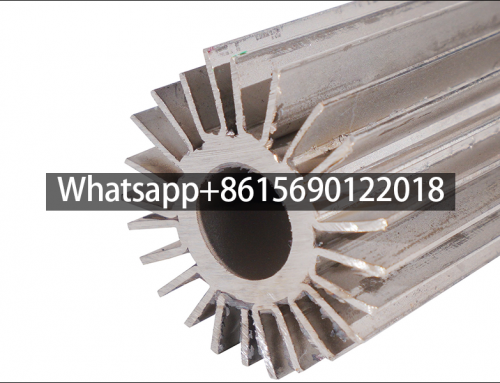
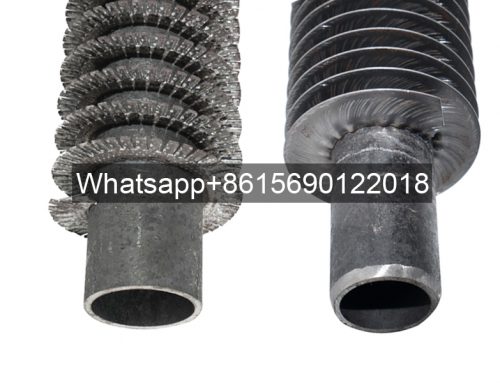
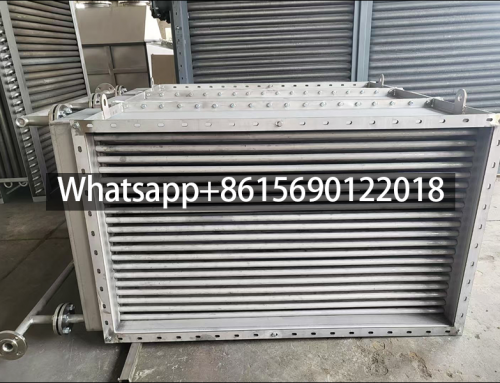
近期评论